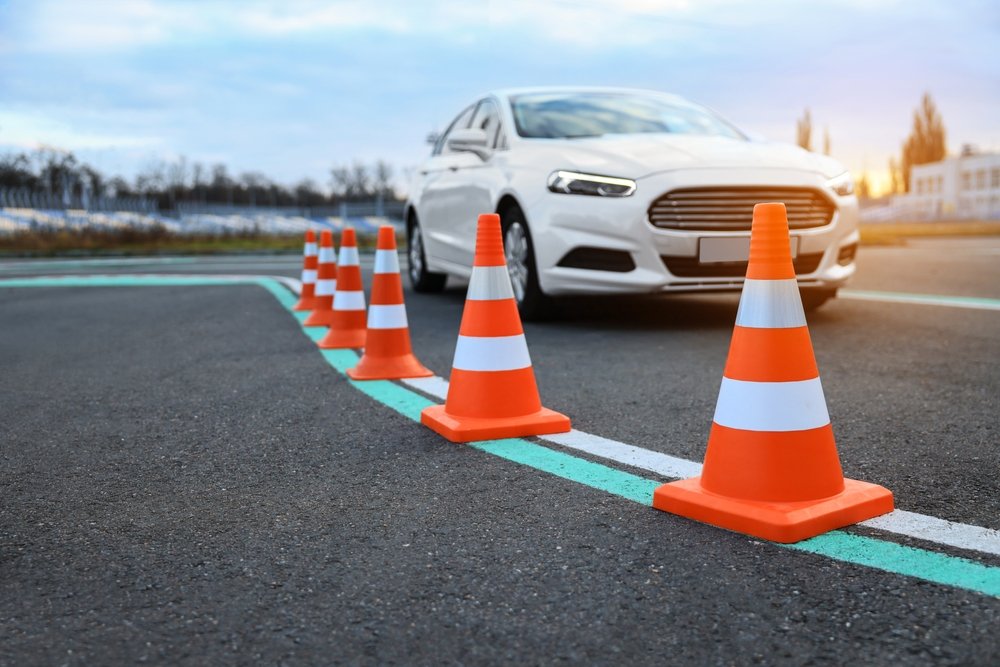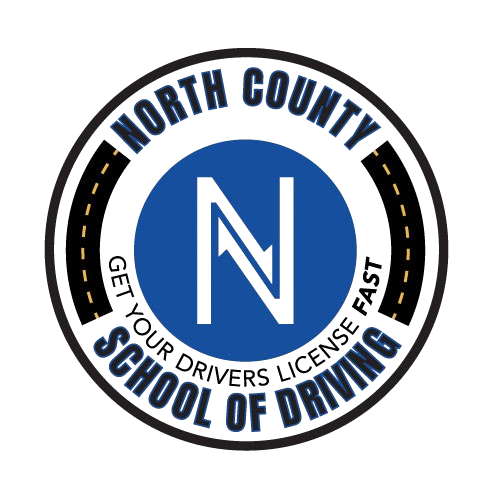- 3145 Tiger Run Court, Suite 107, Carlsbad, CA 92010
- License # E4378
- CALL US: 760-580-1293
Learning to drive is an exciting journey, but it’s important to start with a solid understanding of the basics for driving. This page covers essential safe driving skills, topics and frequently asked questions to help you build your basics for driving, knowledge and confidence on the road.
Understanding traffic laws is crucial for all drivers. These driving laws are designed to keep everyone safe on the road. Here are some key areas to focus on:
Always be aware of the posted speed limit and adjust your speed accordingly. Speed limits vary depending on the type of road and the surrounding environment.
Understand who has the right-of-way in different situations, such as at intersections and when merging or changing lanes.
Know the meaning of different traffic signals, including red lights, yellow lights, and green lights.
Familiarize yourself with all road traffic signs, such as stop signs, yield signs, warning signs, and informational signs.
All Traffic signs provide important information to drivers. They can warn you of potential hazards, guide you to your destination, and regulate traffic flow.
Pay attention to the shapes and colors of all traffic signs, as they often indicate the type of information being conveyed.
Learn to recognize and interpret common warning traffic signs, such as stop signs, yield signs, speed limit signs, warning signs, and informational signs.
Understanding the basic components of your car and how they function is important for safe driving.
Know how to operate your headlights, taillights, turn signals, and hazard lights.
Understand how your brakes work and how to use them effectively to slow down and stop your vehicle.
Learn how to steer your car smoothly and accurately.
Know how to use your windshield wipers to maintain clear visibility in different weather conditions.
Familiarize yourself with other important controls in your car, such as the gear shift, parking brake, and mirrors.
Defensive driving is a proactive approach to driving that helps you anticipate potential hazards and react safely to avoid accidents. Here are some key defensive driving techniques:
Pay attention to other vehicles, pedestrians, cyclists, and road conditions.
Keep a safe distance from the car in front of you to allow for reaction time.
Be aware of potential hazards, such as intersections, blind spots, and merging traffic.
Stay focused on the road and avoid distractions like texting, talking on the phone, or eating.
Drive smoothly and predictably to avoid confusing other drivers.
Don't let emotions like anger or frustration affect your driving.
Parking techniques can be challenging for new drivers, but with practice, you can master it. Here are some tips for different parking situations

Making turns safely and smoothly requires practice and awareness. Here are some key points to remember
Use your turn signals to communicate your intentions to other drivers well in advance of the turn.
Slow down before entering the turn to maintain control.
Stay in your designated lane throughout the turn. Avoid cutting corners or swinging wide.
Yield to oncoming traffic, pedestrians, and cyclists when making turns, especially left turns.
Maintaining a safe and appropriate speed is crucial for safe driving. Always be aware of the posted speed limit and adjust your speed based on road conditions, traffic, and visibility.
25 mph
25 mph (unless otherwise posted)
65 mph (unless otherwise posted)
65-70 mph (depending on the specific freeway)


Every vehicle has blind spots – areas around the car that you can’t see in your mirrors. Before changing lanes or making turns, always check your blind spots by quickly glancing over your shoulder.
Maintaining a safe and appropriate speed is crucial for safe driving. Always be aware of the posted speed limit and adjust your speed based on road conditions, traffic, and visibility.
Before you can get your driver’s license, you’ll need to pass a road test administered by the DMV road Test. Here are some tips to help you prepare:
Get plenty of practice driving in various conditions and environments.
Study the California Driver Handbook and make sure you understand all traffic laws and regulations.
Ensure your vehicle is in good working condition and meets all safety requirements.
Bring all necessary documents, such as your permit, registration, and proof of insurance.
Take deep breaths and try to relax during the test.
North County School of Driving is here to help you become a safe and confident driver. Enroll in our comprehensive driver education program today!

With over 51+ years of experience in traffic education, North County School of Driving offers top-quality training through classroom, online, behind-the-wheel, and in-school education.